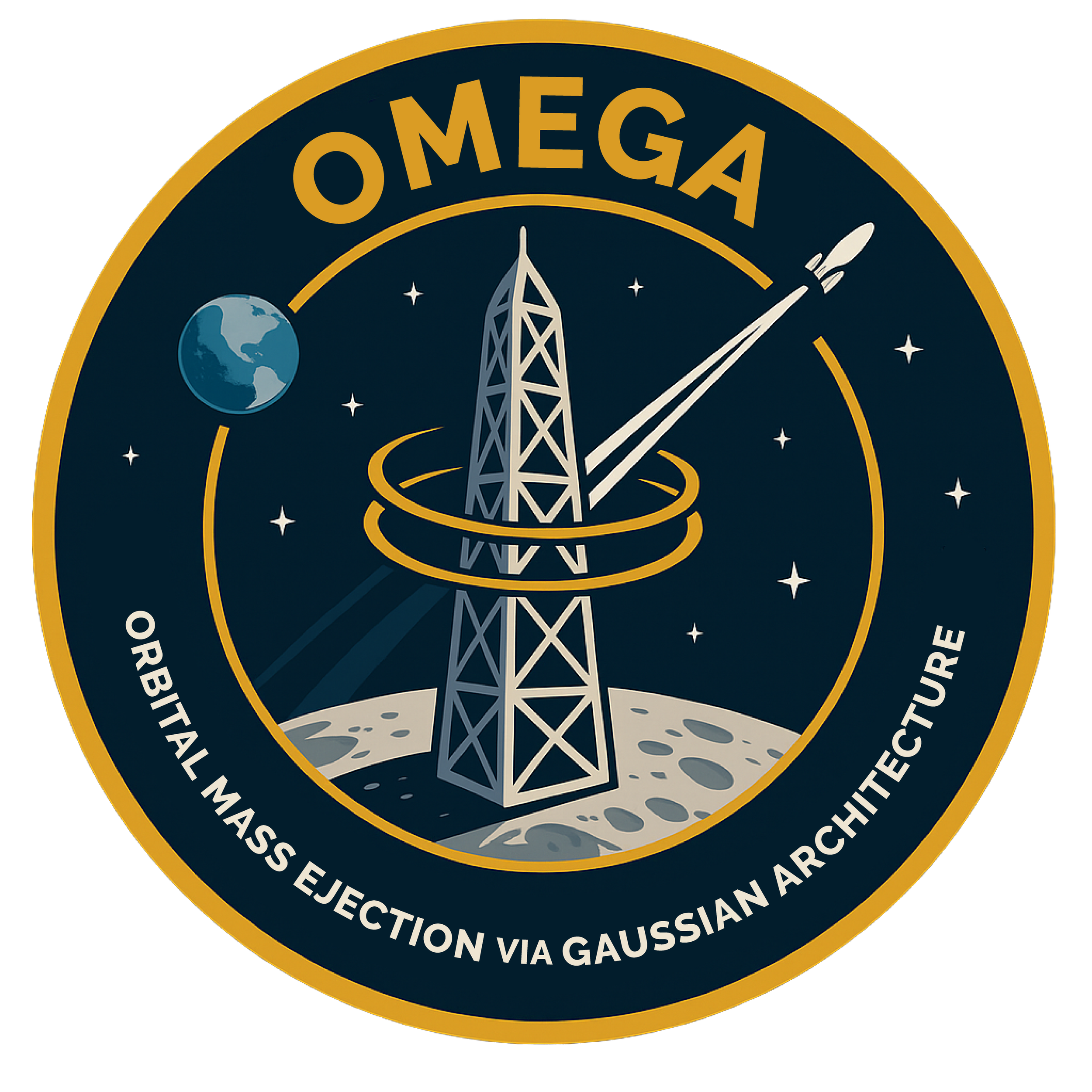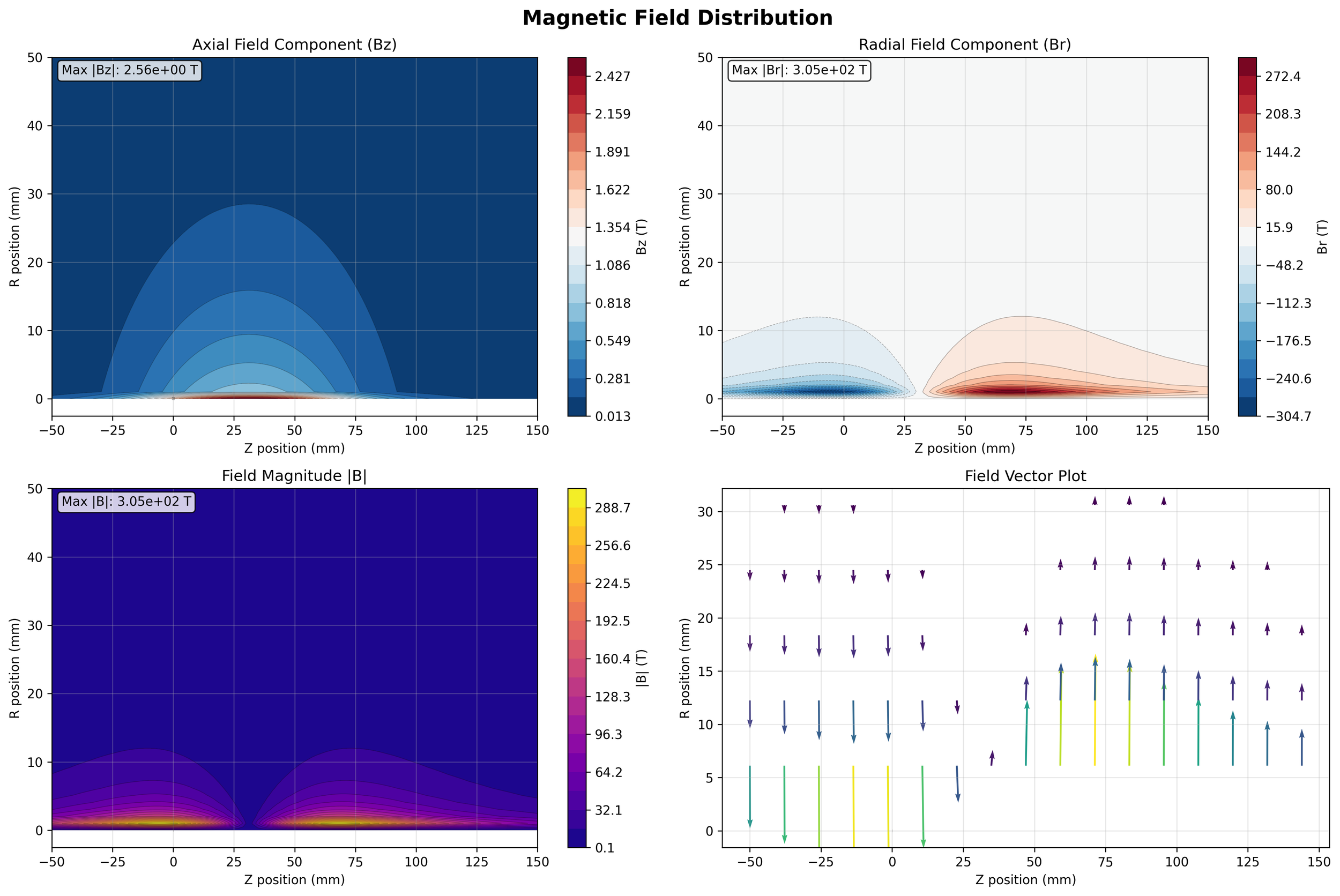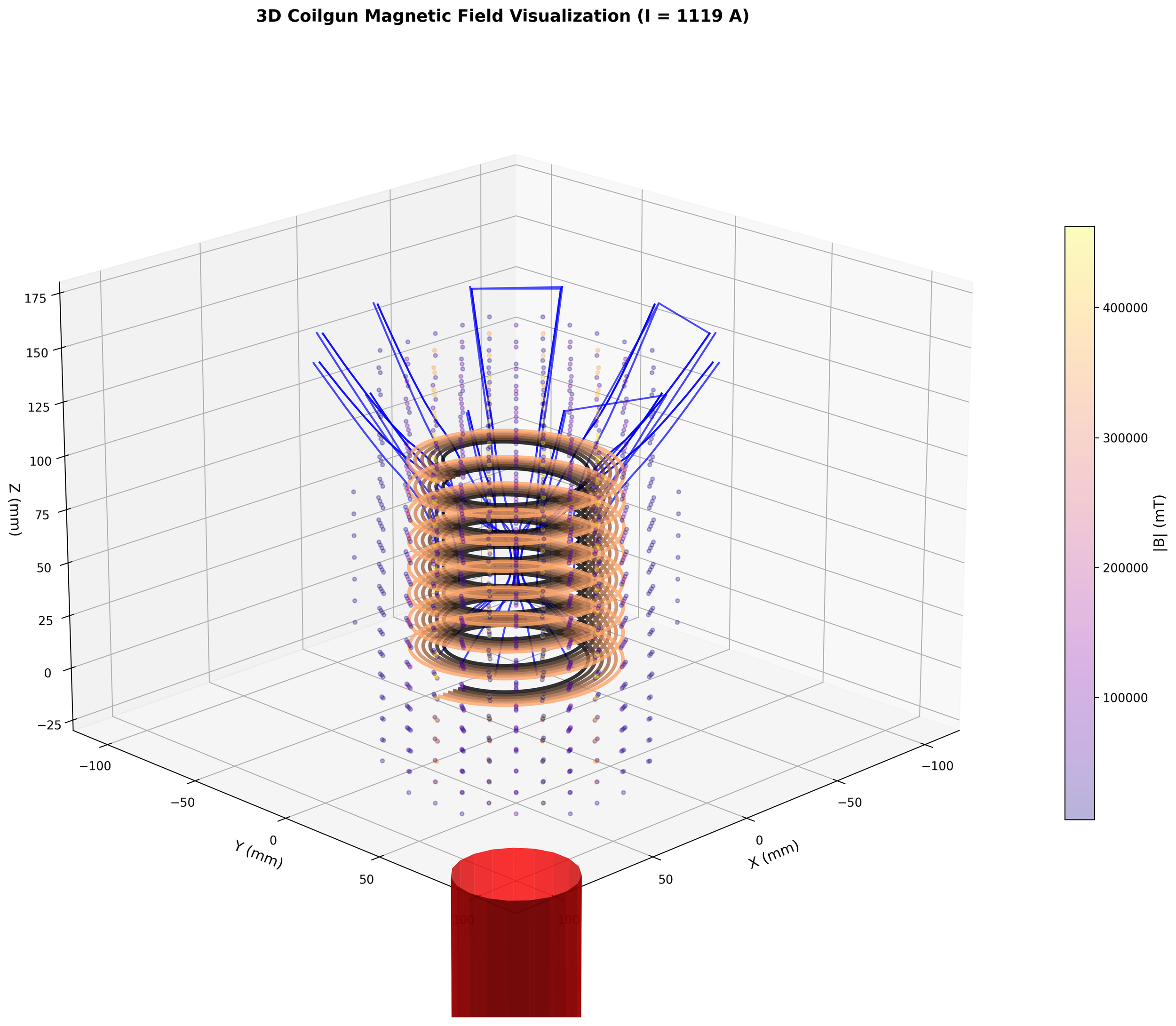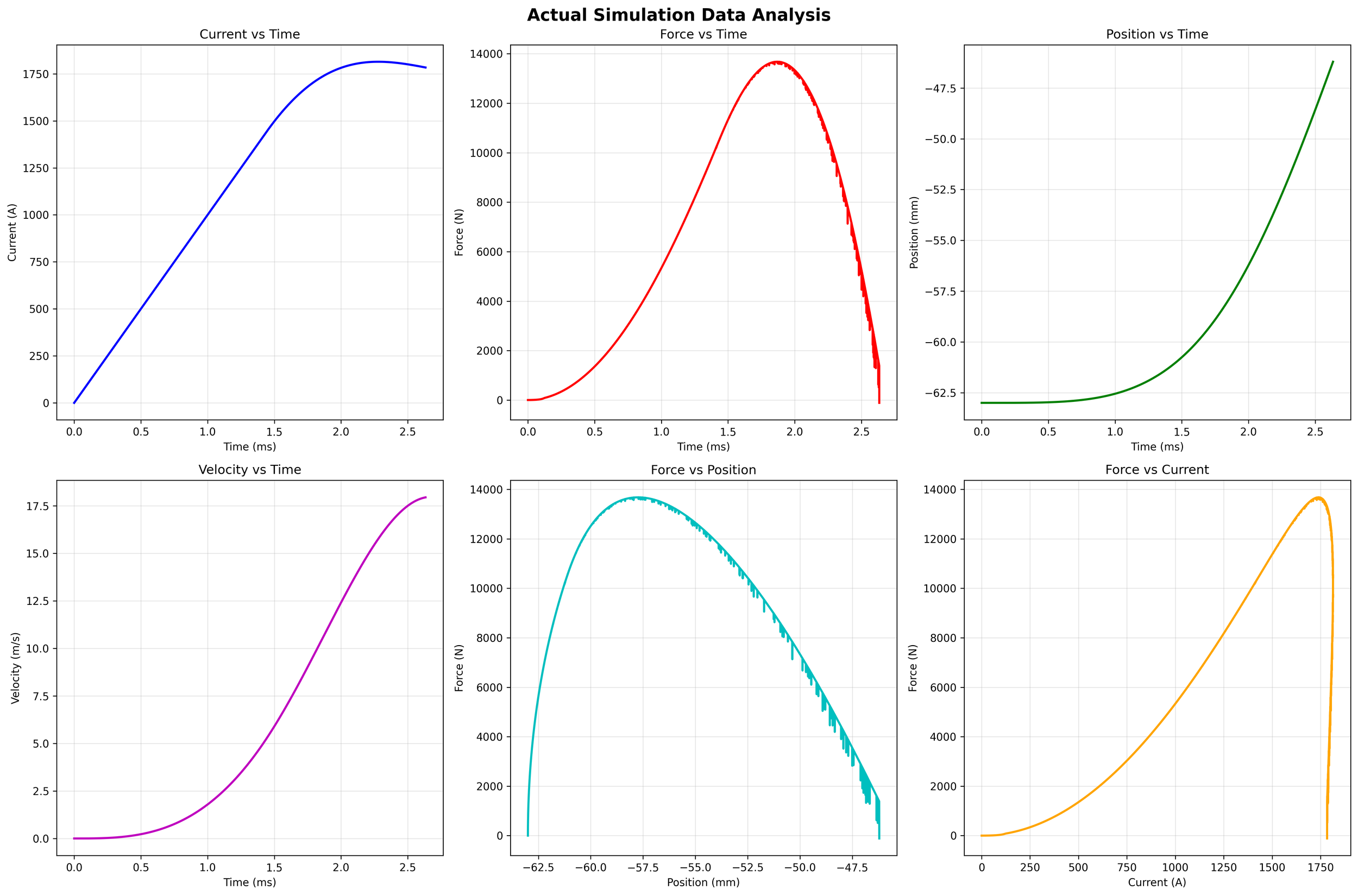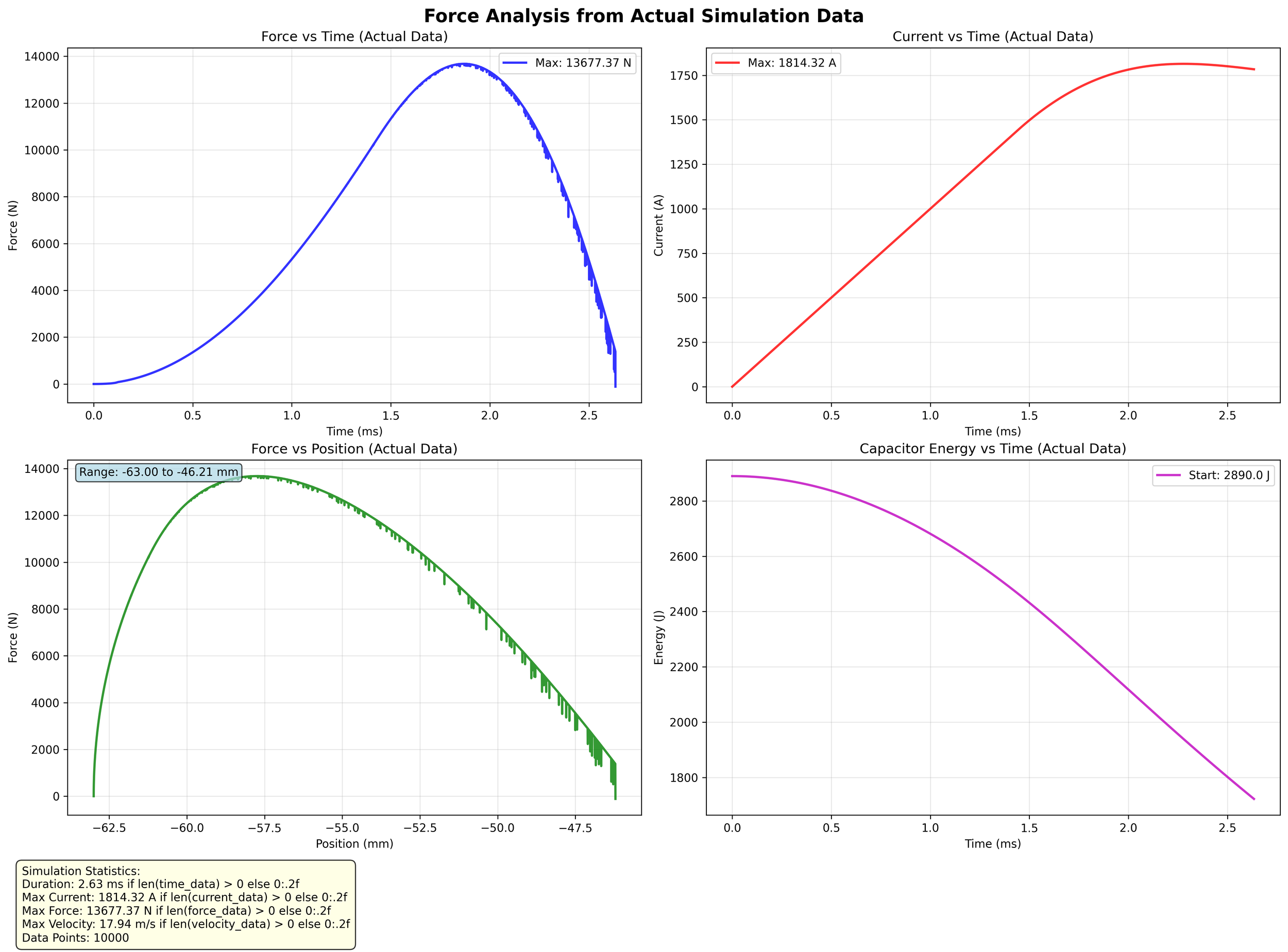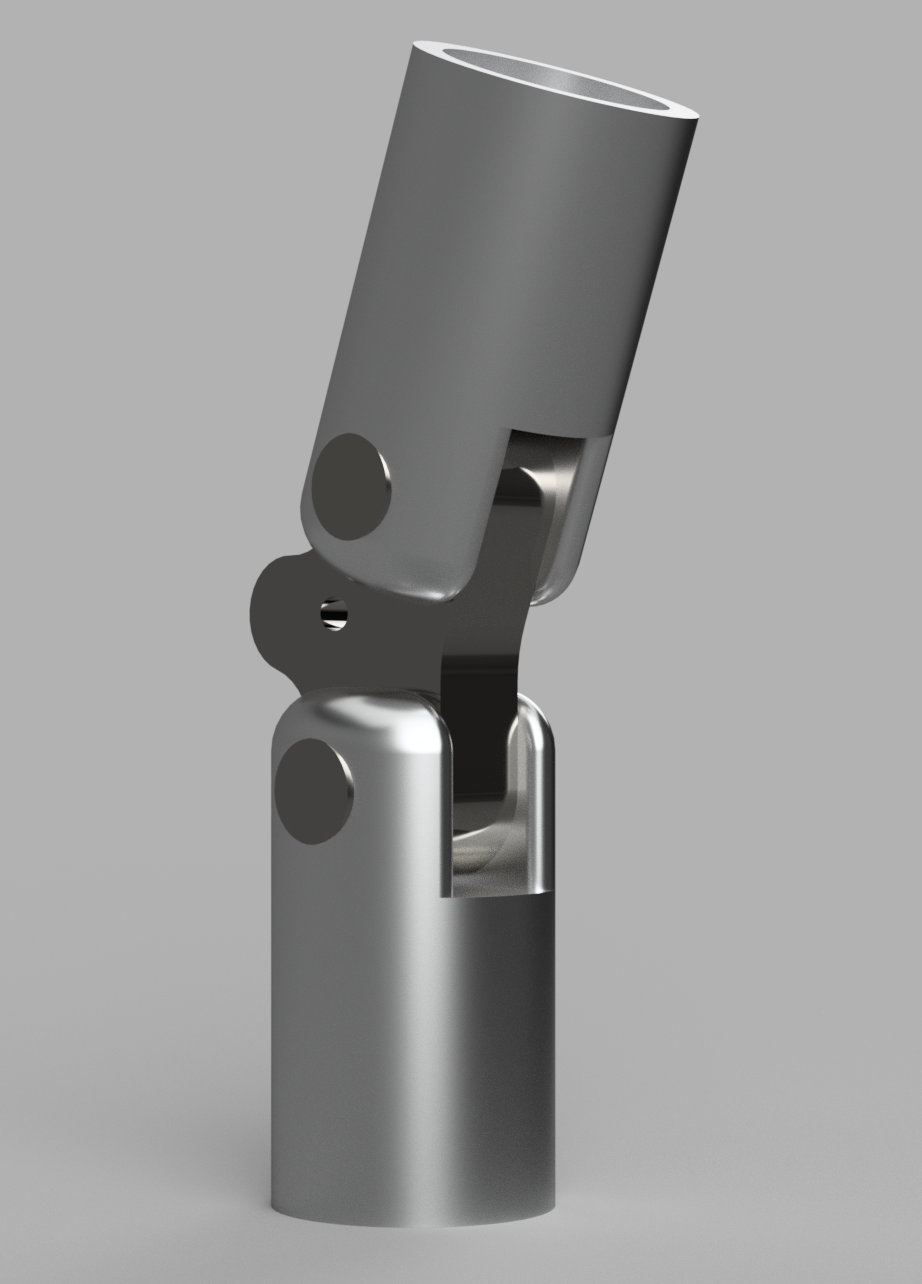The OMEGA Project
The OMEGA Project is designed to enable low-cost, high-frequency delivery of payloads from the lunar surface to orbit or beyond, addressing the high costs and logistical challenges of traditional chemical rockets in lunar resource utilization. By leveraging tensegrity structures, the system creates a lightweight, high stiffness-to-mass ratio, and deployable support frame that is ideal for the Moon's low-gravity environment, allowing for mass-efficient construction and easy transportation. The purpose is to revolutionize lunar logistics through In-Situ Resource Utilization (ISRU), supporting sustainable space infrastructure by providing an alternative to resource-intensive propulsion methods. This project arises from the need for efficient, reusable transport to make large-scale lunar operations viable, such as mining and exporting materials. The system achieves its goals by integrating a multi-stage electromagnetic coilgun within the tensegrity frame, where sequential coil energization accelerates payloads to orbital velocities.
Simulating OMEGA’s electromagnetic profile using models like Biot-Savart integrations, elliptic integrals, Jiles-Atherton hysteresis, and Maxwell stress tensor to predict projectile dynamics allowed for parametric design of tower components and payload constraints. The framework incorporates corrections for eddy currents, relativistic effects, and energy conservation to ensure realistic simulations. Simulation outputs are applied to design components, optimizing coil geometry to avoid saturation, selecting projectile materials to minimize losses, and engineering supports like tensegrity frames to handle recoil forces. Key variables include projectile velocity and acceleration profiles, which guide material choices and barrel length to manage g-forces; magnetic field strength and gradients, informing material selection and coil tapering for efficiency; and electromagnetic force components, directing structural reinforcements against compression. Energy efficiency, losses, inductance, and resistance profiles further influence power systems, pulse shaping, and net thrust optimization, enhancing overall design for lunar operations.
Simulation
Deployment
The tensegrity structure collapses by strategically releasing or loosening the tension in specific cables, which disrupts the pre-stressed equilibrium that keeps the rigid bars "floating" in compression, allowing the entire assembly to fold into a compact form for transport. This process exploits the inherent deployability of tensegrity, where energy minimization techniques in simulations show how reducing cable pre-tension leads to a controlled reconfiguration, with nodes and elements collapsing inward without damaging components. Once on the lunar surface, re-tensioning the cables restores the structure's rigidity and self-equilibrated state, enabling deployment sequences visualized in computational models.
Orbital Mechanics
Orbital planning for the launcher involves calculating launch velocities and angles to achieve desired trajectories, such as 1.7 km/s for low lunar orbit or 2.4 km/s for escape, accounting for the Moon's gravitational field and spherical curvature. Simulations model the payload's path as elliptic orbits or hyperbolic escapes, emphasizing the need for slight upward angles to clear terrain and avoid immediate surface intersection. Key considerations include minimizing gravity losses through near-horizontal launches and incorporating potential small propulsive adjustments for perigee raising to ensure stable insertion into elliptical or circular orbits.
Reports
Code Viewer
Select a file from the tree to view its code...